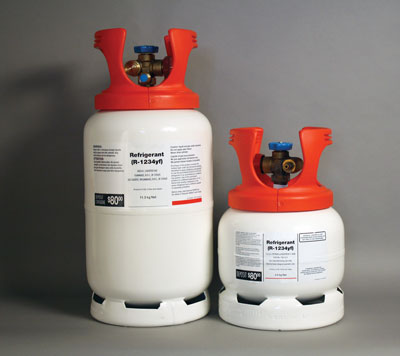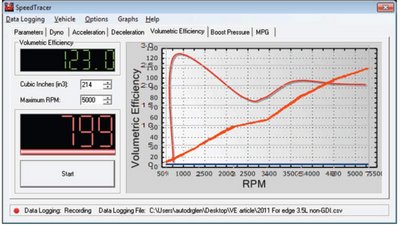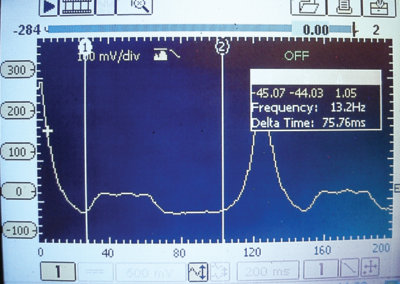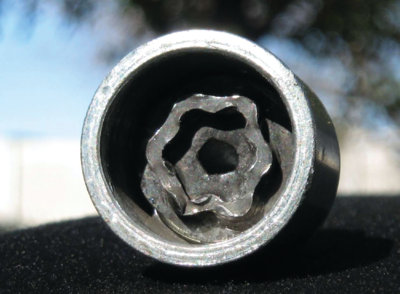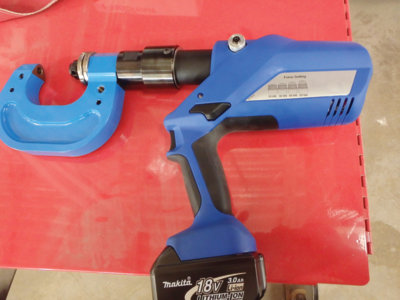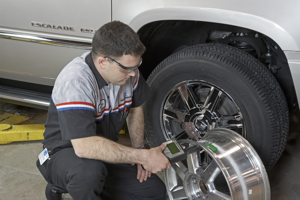Mitchell 1 recently announced the availability of its 2007 Mechanical Labor Estimating Guide (MLE07), which provides a comprehensive collection of accurate labor times for domestic and import cars, light trucks and vans for model years 1973 – 2007.
“The Mitchell 1 Mechanical Labor Estimating Guide is designed for automotive professionals who want quick and accurate estimating information on particular vehicle services in a portable format,” said Nick DiVerde, general manager, Shop Management Solutions.
The Mitchell 1 Mechanical Labor Estimating Guide is a convenient print version of the industry-standard estimating information offered through Mitchell 1’s OnDemand5 desktop and online software products.
Content features:
• Most domestic labor times include both factory warranty times and researched Mitchell 1 repair times;
• Import labor times include researched Mitchell 1 repair times;
• All applicable times include additional and combination times;
• All information inspected throughout the year to ensure the most accurate and updated labor times upon release;
• Skill level codes help assign each job to the right technician;
• General manufacturer information; and
• VIN decoding information.
The 2007 Mechanical Labor Estimating Guide has an enhanced format, allowing users to find the exact information they need in an extremely fast and simple manner. It includes an alphabetical index that takes advantage of the detail created in the Mitchell 1 relational database, tabs to each manufacturer, and a Quick Group index at the top of each manufacturer’s index. All information in the body of the text is model-specific to make navigation efficient.
The guide includes 21 categories:
- Tune-up and Emission;
- Fuel and Exhaust;
- Generator, Alternator and Starter;
- Engine;
- Cooling;
- Brakes and Wheels;
- Front Suspension;
- Steering Gear, Linkage and Pumps;
- Rear Suspension;
- Flywheel, Clutch and Gearshift;
- Manual Transmission;
- Automatic Transmission;
- Transaxle;
- Transfer Case;
- Driveshaft and Axles;
- Battery, Wiring, Lights and Radio;
- Body Electrical;
- Heating and Air Conditioning;
- Body and Hardware;
- Window Motors and Regulators; and
- Cruise Control.
For more information on Mitchell 1 products and services, automotive professionals can log onto the company’s website at www.mitchell1.com.


